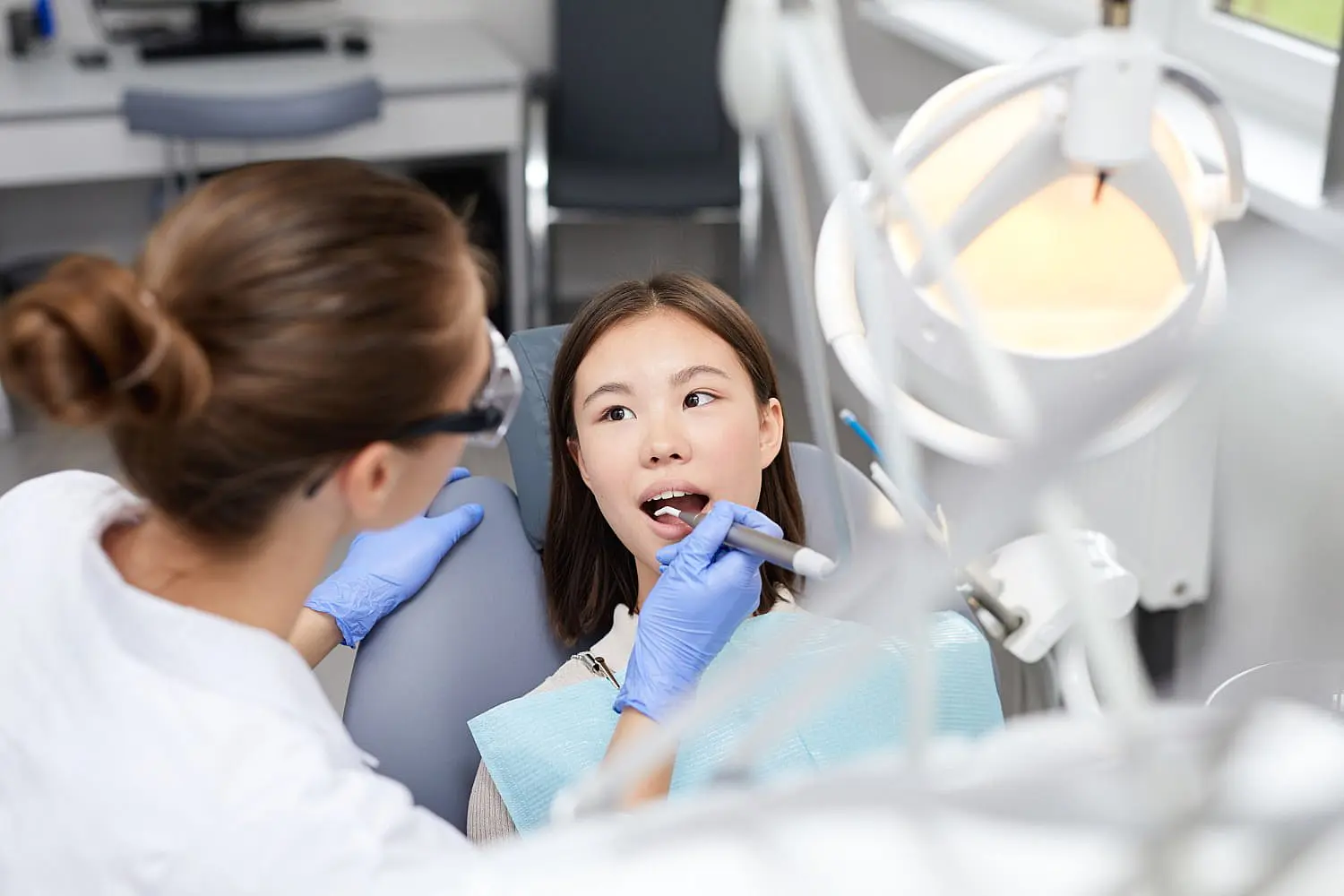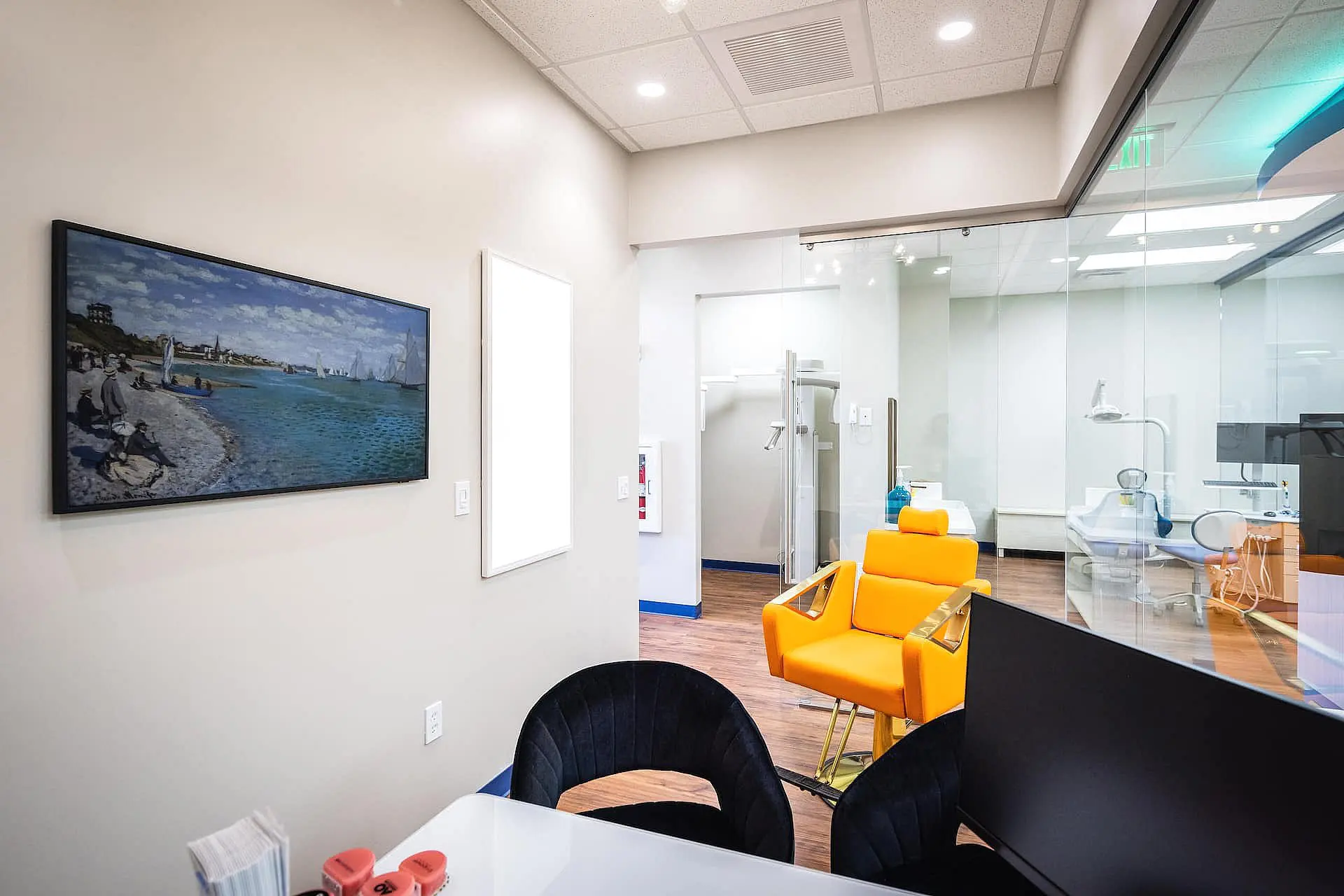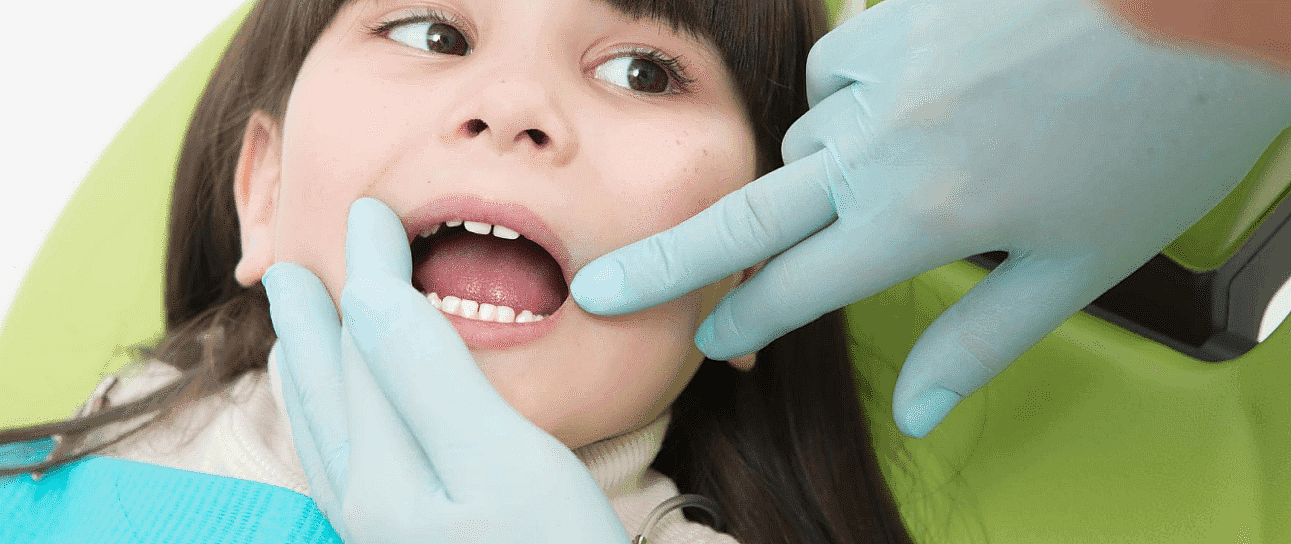
Give Your Child a Lifetime of Smiles
Your child needs straight teeth and properly shaped jaws for a healthy, long-lasting smile. While the perfect age for orthodontic care varies, Dr. Mark Komforti and the American Association of Orthodontists suggest a first visit by around age seven.
What is Early Treatment?
Early orthodontic care at Happy Smiles Orthodontics can stop or intercept potential dental problems before they develop further. Early care may shorten, simplify, or reduce the costs of future treatments. In some cases, Dr. Mark Komforti can achieve outcomes that might be harder to accomplish once the face and jaw have completed growing.
When is the Best Time for Treatment?
While the age for kids to start braces may differ, orthodontic treatment at Happy Smiles Orthodontics in St. Augustine often begins between the ages of 9 to 14, as some orthodontic issues are easier to address when caught early.
Role of a Children’s Orthodontist
Importance of Early Orthodontic Intervention
Early orthodontic treatment, also known as interceptive orthodontics, involves addressing dental issues in their early stages to avoid more complex problems later. The benefits include:
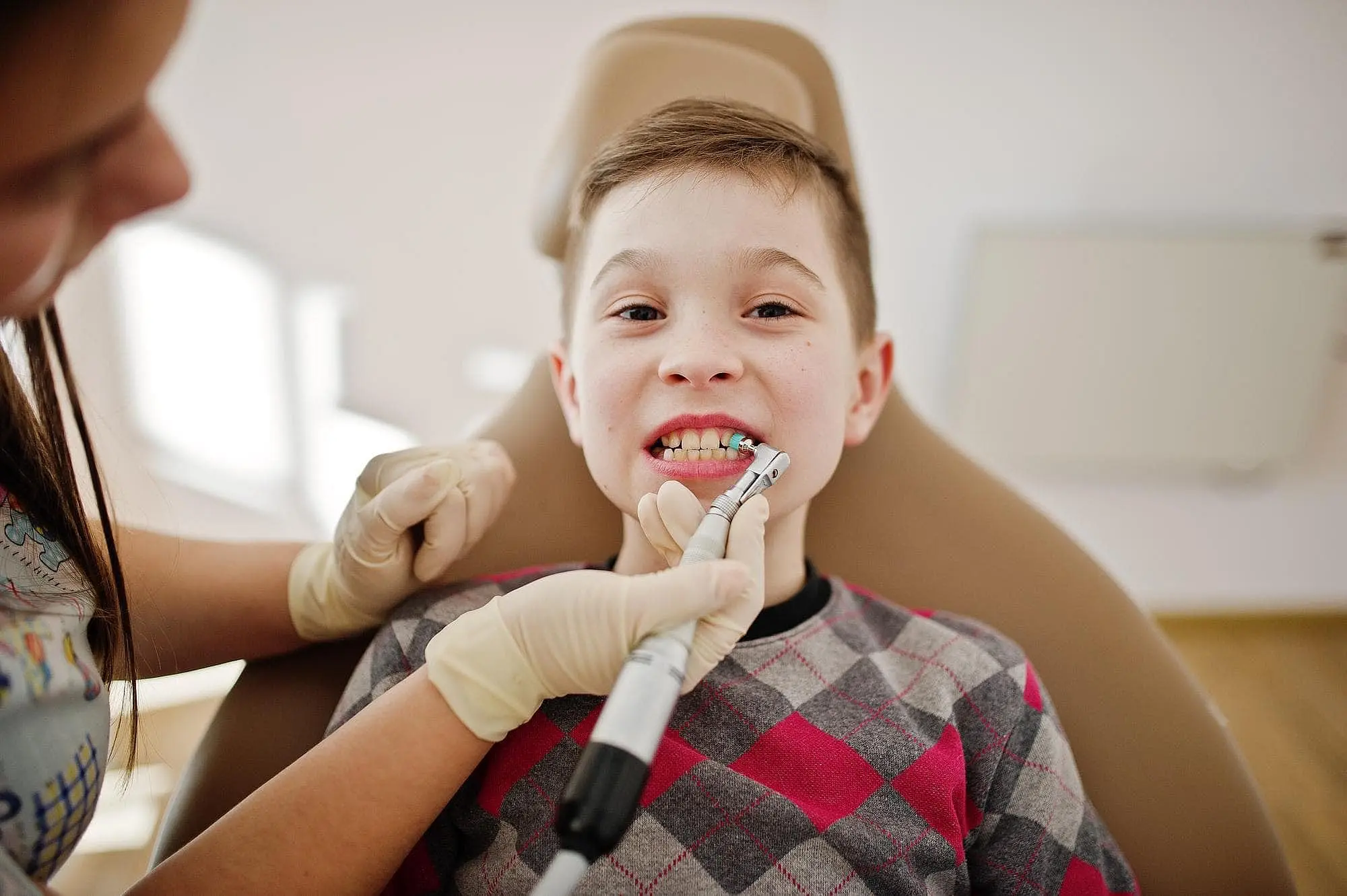
Preventing severe
dental issues
A properly aligned smile helps improve overall self-image while preventing oral health issues.
Improving appearance
and confidence
Starting care early can save discomfort, money, and treatment time later in life.
Enhancing oral health
Straight teeth are simpler to clean, reducing chances of cavities and gum infections.
Benefits of Children’s
Orthodontic Treatment
Improved Oral Health and Hygiene
Enhanced Speech Development
Prevention of Future Dental Issues
Boosted Confidence and Self-Esteem
Understanding Children’s Orthodontic Treatment
Braces
Braces include brackets fixed on each tooth with a connecting archwire.
Aligners
These are clear, plastic trays that fit over the teeth.
Retainers
These are used after braces or aligners to keep the teeth in their new position.
Space maintainers
These are used when kids lose baby teeth early to hold space for adult teeth.
Importance of Early Evaluation
The American Association of Orthodontists suggests a first visit to the orthodontist by age seven. Spotting problems like overcrowding or bite issues early can prevent bigger dental complications.
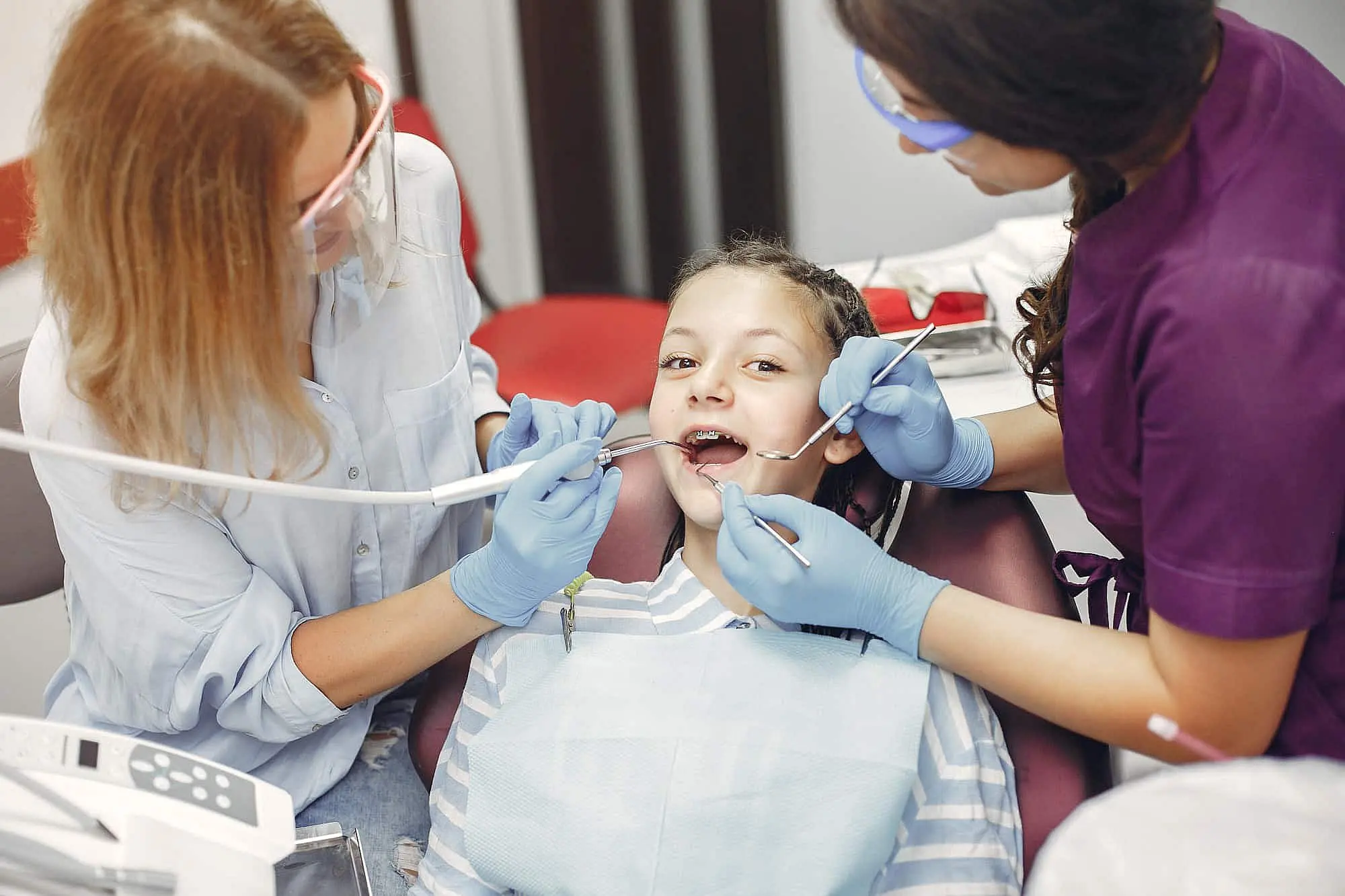
Treatment Process
Consultation
Includes examination, X-rays and impressions.
Appliance Placement
Orthodontic devices are fitted based on the treatment plan.
Follow-ups
Regular adjustments to monitor and ensure progress.
Retention
A retainer is often used after treatment to maintain results.

Appointment Duration and Frequency
Orthodontic appointments vary based on the appliance used or the dental condition being addressed. For example, braces need adjustments every 4-6 weeks, while aligners are replaced every two weeks. Appointments usually take 30 to 60 minutes. Overall treatment can last from six months to three years or longer.
Common Orthodontic
Issues in Children
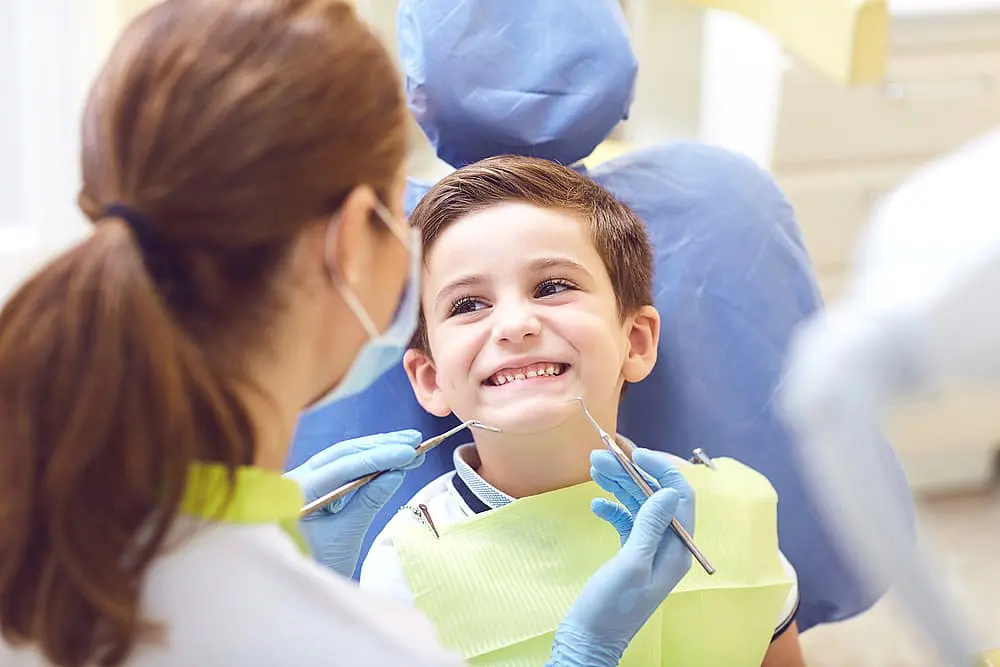
Overbite, Underbite, Crossbite and Spacing Problems
Crooked or Misaligned Teeth
Misaligned teeth, often caused by genetics, prolonged thumb-sucking, or injuries, can make proper cleaning difficult. This increases the risk of plaque buildup, tooth decay, and gum disease over time.
Crowding or Spacing Issues
Crowding happens when there isn’t enough room for teeth to align properly, making it harder to clean them thoroughly and increasing the likelihood of plaque buildup, which can lead to tooth decay.
Thumb Sucking and Other Oral Habits
Thumb sucking is a common habit in young children; however, when it continues for an extended period, it can lead to misalignment of teeth and structural changes to the roof of the mouth.
Orthodontic Treatment Options for Children
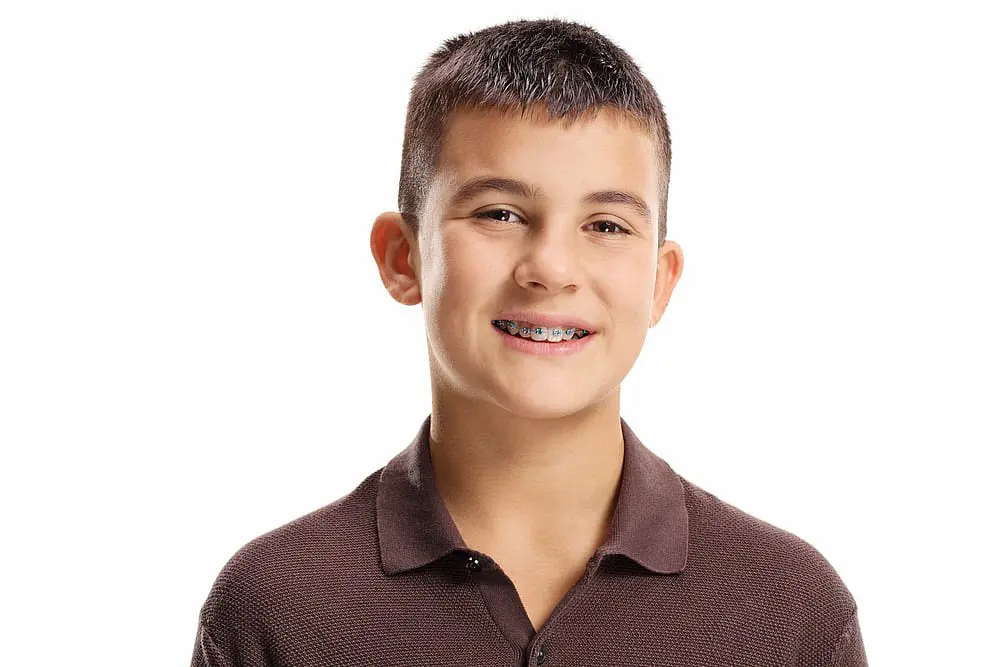
Traditional Braces
Traditional braces consist of metal brackets that are affixed to each tooth and connected by an archwire.
Components
Brackets, archwires and ligature elastics.
Benefits
Effective for severe misalignments, durable and suitable for a wide range of dental issues.

Clear Aligners
Clear aligners are removable, custom-made trays made of transparent plastic that fit snugly over the teeth.
How They Work
Use consistent pressure to gradually move teeth, with new aligners replaced every two weeks.
Advantages
Discreet, removable for eating and cleaning and convenient for oral hygiene.
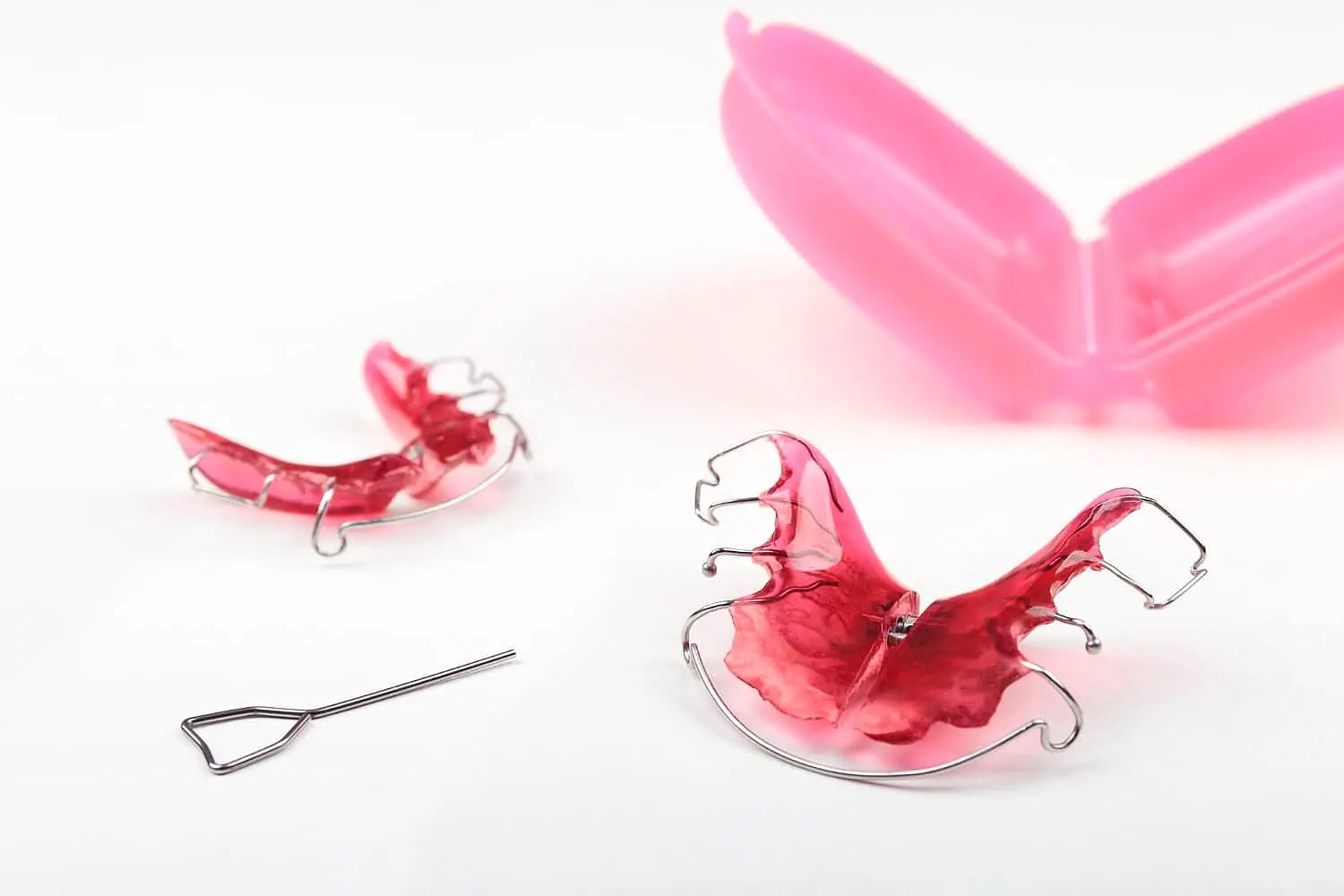
Functional Appliances
Functional appliances are specialized orthodontic devices created to correct problems associated with jaw growth and alignment.
Types
Twin Block, Bionator and Herbst appliances.
Benefits
Can improve jaw function and facial aesthetics, preventing future dental problems.

Retainers
Retainers are used after treatment with braces or aligners to maintain the alignment of teeth.
Types
Removable (can be taken out for cleaning) and fixed (permanently bonded).
Benefits
Essential for maintaining the results of orthodontic treatment and a lasting smile.
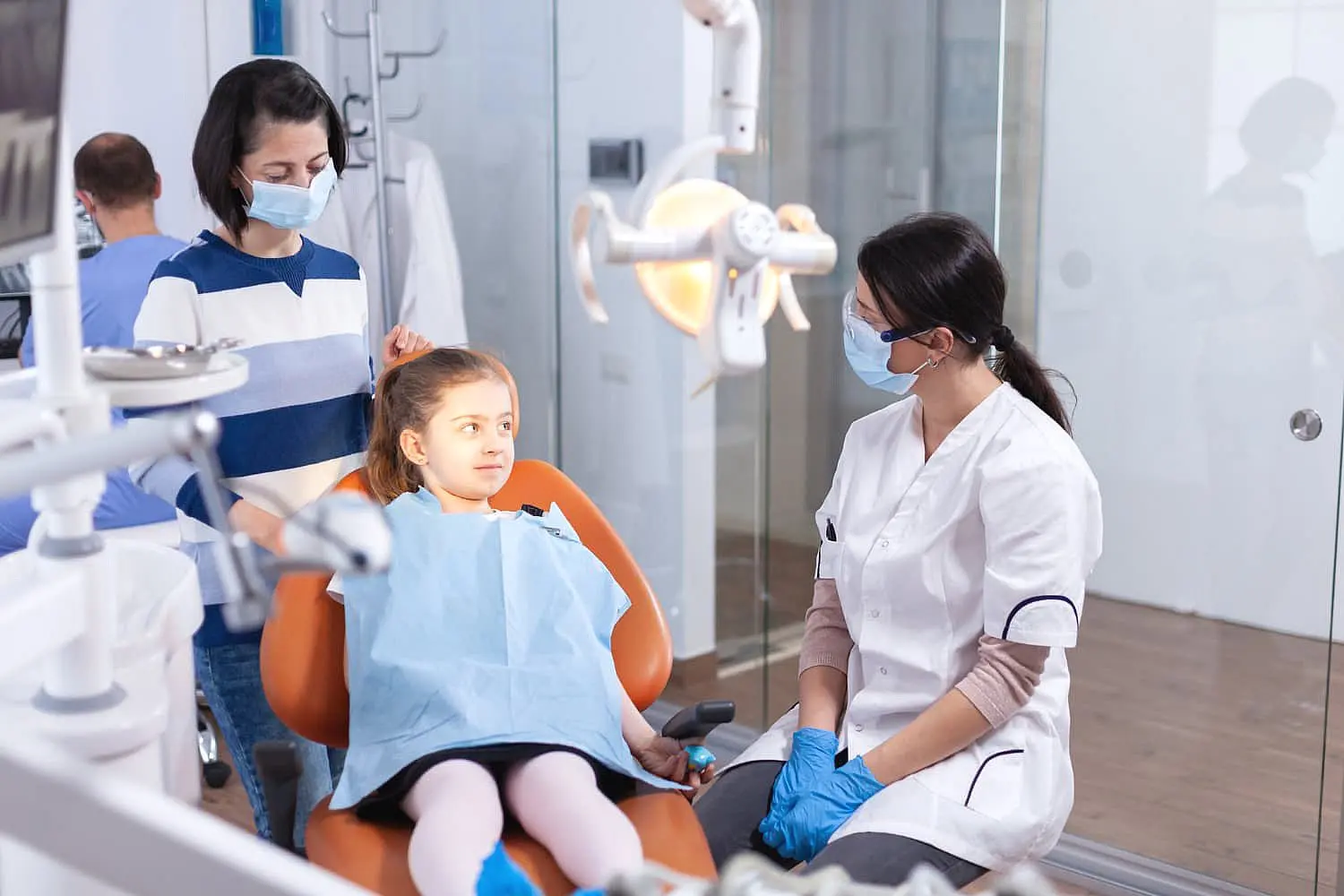
Importance of Early Orthodontic Intervention
Finding the Right Pediatric Orthodontist
Choosing the right orthodontist for your child is essential to ensure they receive exceptional care tailored to their needs. Focus on finding an orthodontist with advanced training in orthodontics and specific experience working with children. It’s also important to consider practical factors, such as the office’s location, flexible hours that fit your schedule, and the overall cost of treatment, including available payment plans or insurance coverage. Taking the time to evaluate these aspects carefully will help ensure that your child receives high-quality care and enjoys a positive and comfortable orthodontic experience.
